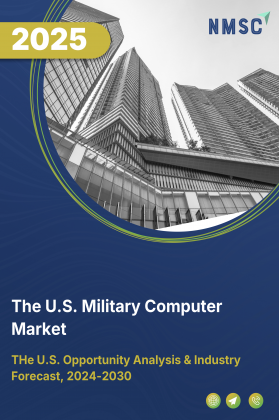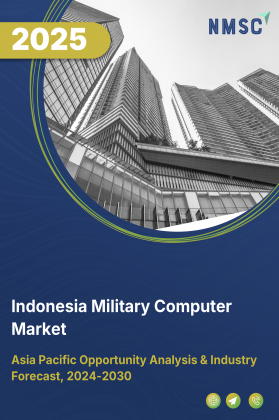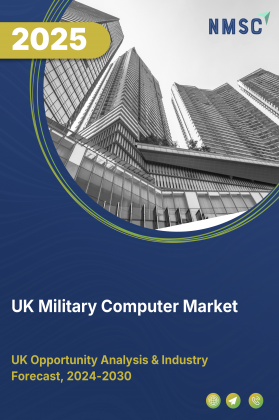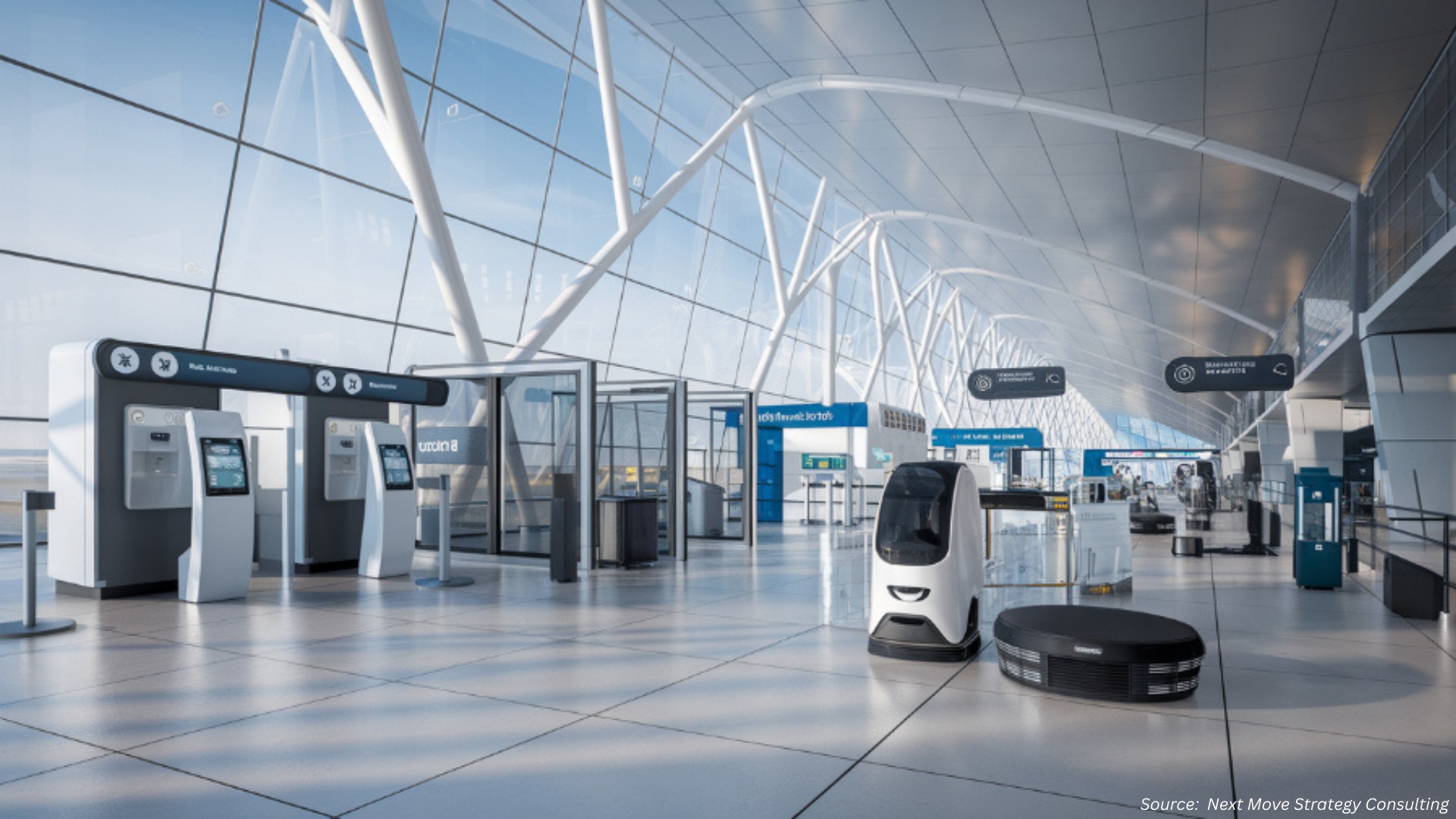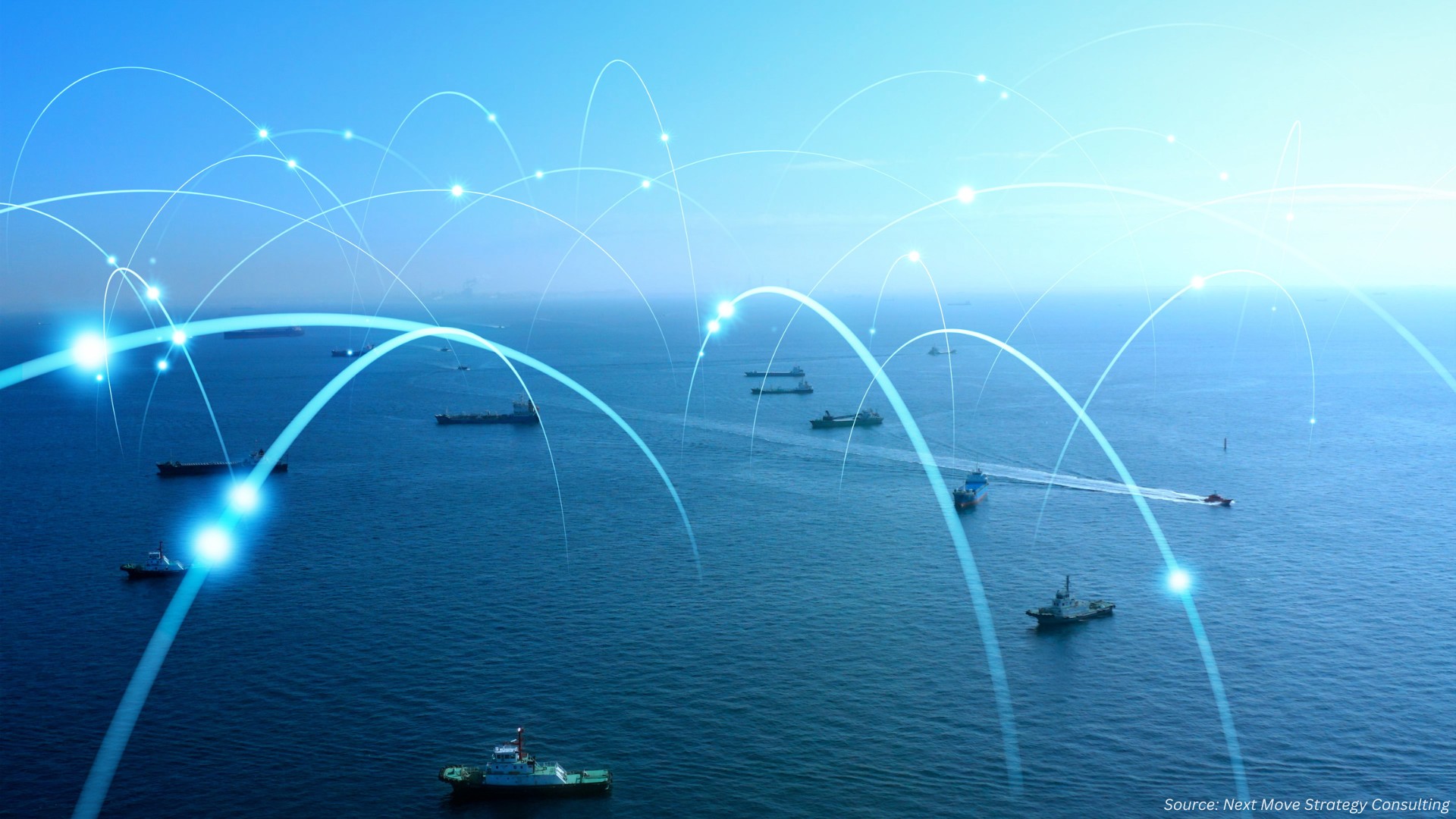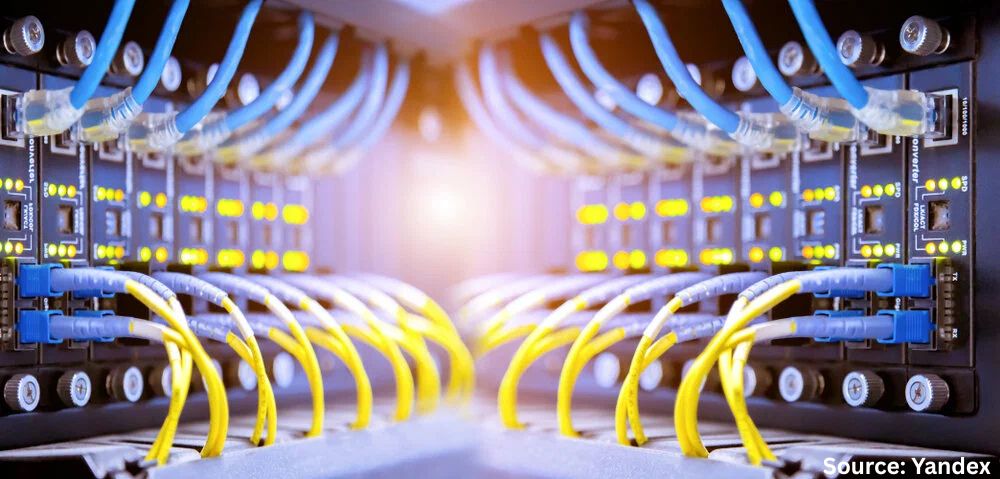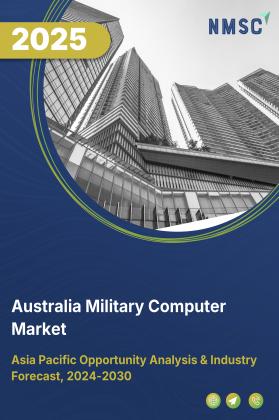
Australia Military Computer Market by Component (Hardware, Software, and Service), by Product (Rugged Computer, Embedded Computer, and Wearable Computer), by Application (Command and Control Systems, Communication Systems, Combat and Tactical Operations, Intelligence, Surveillance, and Reconnaissance (ISR) Systems, and Others), and by End-User (Army, Navy, and Air Force) – Opportunity Analysis and Industry Forecast, 2025–2030
Industry: Aerospace & Defense | Publish Date: 05-Nov-2025 | No of Pages: 83 | No. of Tables: 117 | No. of Figures: 62 | Format: PDF | Report Code : AD3650
Industry Outlook
The Australia Military Computer Market size was valued at USD 241.8 million in 2024 and is projected to grow to USD 283.50 million by 2025. Additionally, the industry is expected to continue its growth trajectory, reaching USD 517.9 million by 2030, at a CAGR of 12.8% from 2025 to 2030.
The factors such as increasing military capability to strengthen the defense system and increase in defense expenditure drives market growth. However, high investment cost poses significant challenges to market expansion. On the contrary, the implementation of AI and ML technologies offers promising future opportunities to enhance operational efficiency and decision-making capabilities. Moreover, the top players such as BAE Systems and Elbit Systems Ltd. are taking various initiatives in order to enhance their market position and expand their product offerings.
These initiatives are expected to drive innovation and adoption in the military computer market, improving the overall effectiveness and readiness of defense forces. With advancements in AI and ML, companies are focusing on developing reliable communication and autonomous systems, offering enhanced security, privacy, and user control. As the market matures, the increasing demand for enhanced operational efficiency and decision-making capabilities is expected to fuel further growth.
Growing Adoption of Advanced Technologies Driving the Australia Military Computer Market Growth
The growing adoption of advanced technologies in Australia’s defense sector is accelerating the demand for tactical computers, as these systems enhance operational efficiency and support strategic decision-making in complex scenarios. Military computers enable real-time data processing, secure communications, and effective mission planning, which are essential for maintaining operational readiness. According to the Lowy Institute Asia Power Index, Australia’s score increased from 26 in 2023 to 27 in 2024, reflecting a 3.8% growth in military strength. The country’s focus on modernizing defense strategies and strengthening its armed forces drives the adoption of these advanced computing systems, fueling market growth.
Increase in Defense Expenditure in Australia Driving the Market Demand
The growth in defense spending in the country accelerates the adoption of advanced computing systems focused on enhancing operational capacity. As defense budgets increase, there is a direct correlation with the ability to invest in high-performance technologies essential for real-time mission management and data analysis. The rise in defense funding sparked a surge in demand for military computing systems that are crucial for improving operational efficiency and readiness. This rise in defense funding emphasizes the country’s strategic focus on technological upgrades, spurring the demand for military computing systems and contributing to military computer market growth.
High Investment Cost Restrains the Australia Military Computer Market Expansion
The significant financial investment needed to acquire military computer systems is a barrier for market growth, especially for smaller defense contractors and organizations with limited budgets. Their ability to adopt and integrate cutting-edge military computing technologies is severely restricted, hindering their capacity to enhance operational efficiency and improve strategic decision-making. The high initial and maintenance costs not only affects the smaller organizations but also delays the modernization of the overall defense sector in the country, slowing the growth of military computer in Australia.
Integration of Advanced Technologies Creates Future Market Opportunities
The integration of advanced technologies, such as artificial intelligence (AI) and machine learning (ML) creates possibility for military computer market growth. The integration of AI and ML becomes essential as these technologies enhance operational efficiency and decision making capabilities.
Military computers with the ability to support autonomous systems, such as drones and unmanned vehicles, ensure secure, reliable communication between them and are opening up new opportunities for innovation in the defense sector. As defense budgets continue to rise and the need for advanced technologies increases, the integration of AI and ML in military computers is expected to drive significant growth in the market.
Competitive Landscape
Several key players operating in the Australia military computer industry are BAE Systems, Elbit Systems Ltd., Northrop Grumman Corporation, Panasonic Holdings Corporation, Collins Aerospace, Intel Corporation, Dell Technologies, Qualcomm Technologies, Inc., Thales Group, L3Harris Technologies, Inc., Anduril Industries, NVIDIA Corporation, MPL AG, Palantir Technologies Inc., IBM Corporation, and others.
Australia Military Computer Market Key Segments
By Component
-
Hardware
-
Processors
-
Input/Output Devices
-
Others
-
-
Software
-
Operating Systems
-
Application Software
-
-
Service
By Product
-
Rugged Computer
-
Rugged Laptops
-
Rugged Tablets
-
Rugged Displays
-
Rugged Handhelds
-
-
Embedded Computers
-
Wearable Computers
By Application
-
Command and Control Systems
-
Communication Systems
-
Combat and Tactical Operations
-
Intelligence, Surveillance, and Reconnaissance (ISR) Systems
-
Others
By End User
-
Army
-
Navy
-
Air Force
Key Players
-
BAE Systems
-
Elbit Systems Ltd.
-
Northrop Grumman Corporation
-
Panasonic Holdings Corporation
-
Collins Aerospace
-
Dell Technologies
-
Qualcomm Technologies, Inc.
-
Thales Group
-
L3Harris Technologies, Inc.
-
Anduril Industries
-
MPL AG
-
Palantir Technologies Inc.
-
IBM Corporation
Report Scope and Segmentation
|
Parameters |
Details |
|
Market Size in 2025 |
USD 283.50 Million |
|
Revenue Forecast in 2030 |
USD 517.9 Million |
|
Growth Rate |
CAGR of 12.8% from 2025 to 2030 |
|
Analysis Period |
2024–2030 |
|
Base Year Considered |
2024 |
|
Forecast Period |
2025–2030 |
|
Market Size Estimation |
Million (USD) |
|
Growth Factors |
|
|
Companies Profiled |
15 |
|
Market Share |
Available for 10 companies |
|
Customization Scope |
Free customization (equivalent up to 80 working hours of analysts) after purchase. Addition or alteration to country, regional, and segment scope. |
|
Pricing and Purchase Options |
Avail customized purchase options to meet your exact research needs. |

















 Speak to Our Analyst
Speak to Our Analyst



